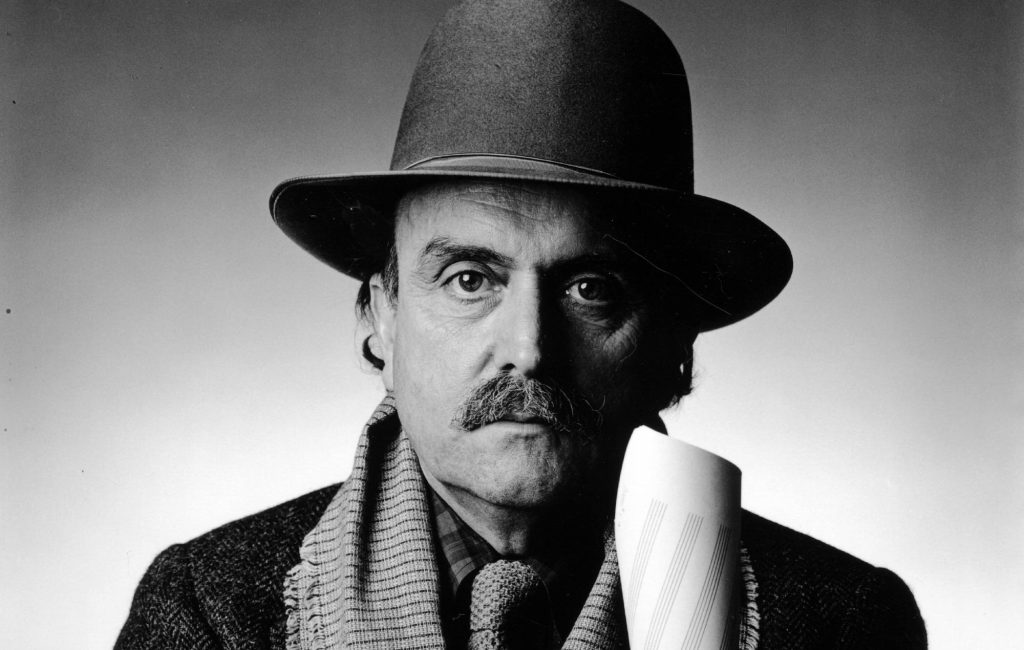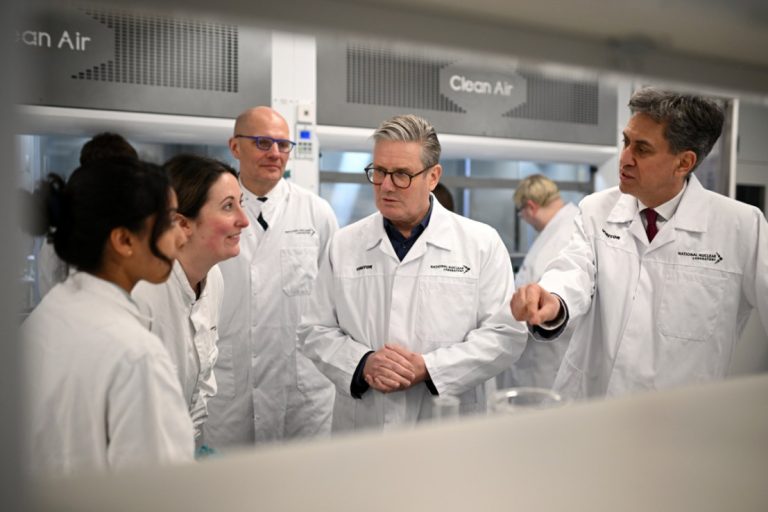
Composer Alvin Lucier, 1986. (Photo by Jack Mitchell/Getty Images)
In a groundbreaking intersection of science and music, researchers have developed a « mini-brain » using cells from the late avant-garde composer Alvin Lucier. Known as the Revivification project, this scientific and artistic endeavor is exhibited at the Art Gallery of Western Australia, offering audiences a chance to experience a fusion of biology and sonic art until its close on August 3.
Background of a Sonic Pioneer
Alvin Lucier, an American avant-garde composer and sonic experimentalist, was renowned for exploring the interplay between the human body’s role in music and the spatial properties of sound. His influential works include « Music For Solo Performer » from 1965, pioneering the use of brain waves to produce music, and « I Am Sitting In A Room » from 1971, which explored how sound interacts within a physical space. Before his death in 2021 at the age of 90, Lucier collaborated with the Revivification team, consenting to donate blood cells to the project.
These cells were reprogrammed into stem cells by scientists at Harvard, from which they were further developed into three-dimensional organoids, or « mini-brains, » simulating aspects of human brain function.
Revivification in Action
Situated within a structure composed of 20 brass plates, the « mini-brain » at the exhibition sends out signals that produce resonant pulses, creating a continuous soundscape within the gallery. These resonances invite the audience into an auditory experience that is both organic and otherworldly, reflecting Lucier’s lifelong fascination with the boundaries of sound.
Guy Ben-Ary, a key figure in the project, expressed ongoing curiosity about the transformative potential of the organoid, pondering whether it might change or learn over time. The notion that Lucier’s creative spirit continues through this scientific project resonates deeply with his philosophy of exploring sound beyond its conventional limits.
Ethical and Artistic Implications
The Revivification initiative also raises significant ethical and philosophical questions about the nature of creativity and consciousness. Nathan Thompson, one of the project collaborators, acknowledged these larger inquiries, emphasizing that the project aims to stimulate conversations rather than provide definitive answers.
These questions challenge audiences to rethink traditional notions of art, consciousness, and technology’s role in transcending the boundaries of life and death.
The Legacy of Alvin Lucier
Lucier’s daughter, Amanda, appreciates the continuation of her father’s artistic journey beyond his physical life, remarking how fitting it is that this innovative project represents her father’s enduring legacy and commitment to sonic experimentation. « It’s as if he arranged to play forever, » she humorously noted, acknowledging Lucier’s unending passion for music and exploration.
The Revivification project exemplifies the profound potential for cross-disciplinary innovation, shedding light on how humanity’s understanding of art and science continually evolves. As it pushes the boundaries of creativity and scientific endeavor, it serves as both a tribute to Alvin Lucier’s groundbreaking work and a beacon for future explorations at the nexus of human capability and artificial intelligence.




